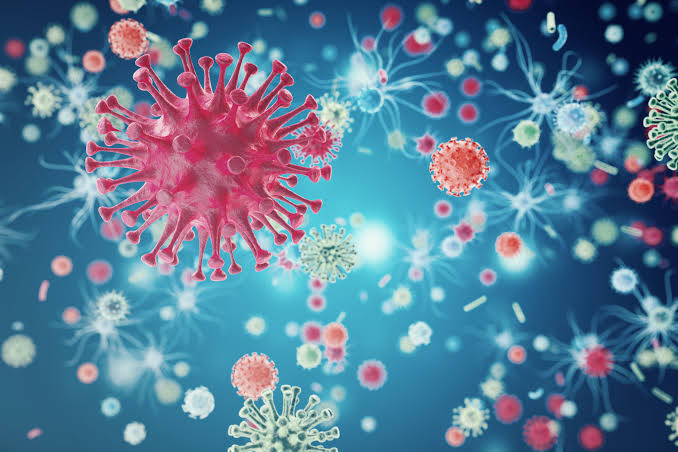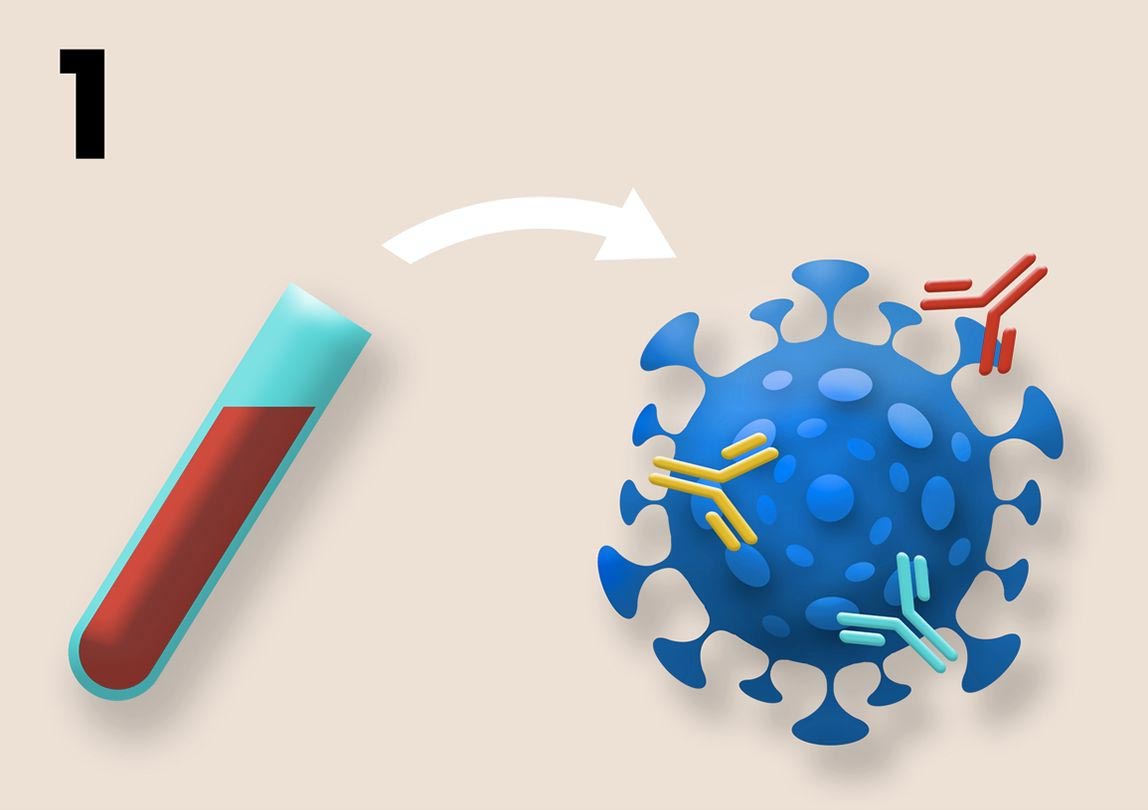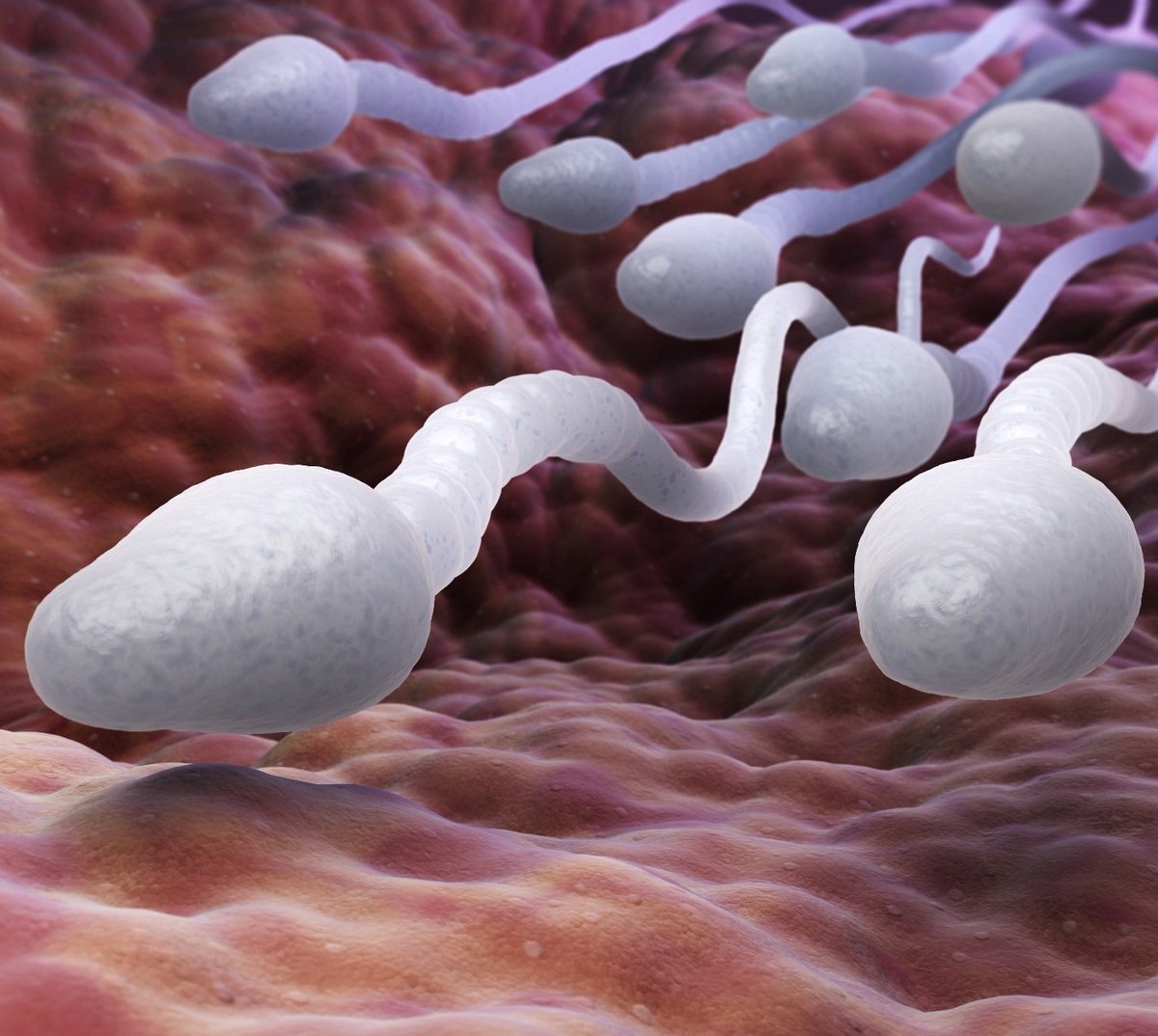HEALTH and ECONOMIC BURDEN of long COVID in AUSTRALIA over 2022-2024
A very interesting study of @Globalbiosec and colleagues
onlinelibrary.wiley.com/doi/10.5694/mj…

A very interesting study of @Globalbiosec and colleagues
onlinelibrary.wiley.com/doi/10.5694/mj…

2) The study estimates the substantial health and economic burden of long COVID in Australia over 2022-2024. Modeling projects that even a small proportion of infected people developing long COVID could have major population health and economic impacts. 

3) The key findings include:
- An estimated 172,530-872,799 Australians (0.7-3.4%) will have long COVID symptoms by end of 2024, including 7,902-30,002 children aged 0-4.
- The labor loss attributable to long COVID in 2022 ...
- An estimated 172,530-872,799 Australians (0.7-3.4%) will have long COVID symptoms by end of 2024, including 7,902-30,002 children aged 0-4.
- The labor loss attributable to long COVID in 2022 ...

4) ... is projected at 102.4 million hours (0.48% of total worked hours), with the greatest impact on those aged 30-49.
- The estimated mean GDP loss in 2022 is $9.6 billion (0.5% of GDP), due to reduced labor supply and use of other production factors.
- The estimated mean GDP loss in 2022 is $9.6 billion (0.5% of GDP), due to reduced labor supply and use of other production factors.

5) The authors argue this burden is comparable to leading causes of disease in Australia, but uniquely affects working-age adults. They call for a paradigm shift from just managing acute COVID-19 to also preventing and treating long COVID.
Thanks for reading 🙏
Thanks for reading 🙏

• • •
Missing some Tweet in this thread? You can try to
force a refresh

















